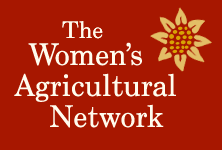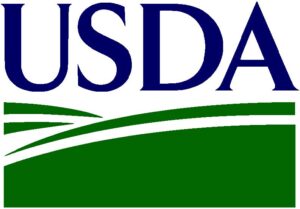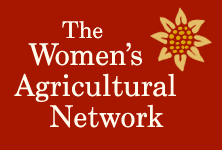Is training in safer tractor operation available for young people near you who live and work on farms?
According to the National Children’s Center for Rural and Agricultural Health and Safety, agriculture is the most hazardous industry in the U.S., and mobile farm machinery is the primary hazard associated with agricultural injuries among children and adolescents who live or work on farms.
Do you remember who taught you how to drive a tractor? The farmers, educators, students, and service providers who responded to 4-H surveys in 2010-11 overwhelmingly identified safer tractor operation as a high-priority educational focus for Vermont youth. Many of us learned to operate this key piece of agriculture equipment at a pretty early age, and often with not much more training than a parent or employer riding along a few times to shout directions in the driver’s ear.
Over the last ten years, the National Safe Tractor and Machinery Operation Program has developed a nationally based and standardized tractor and machinery curriculum with standardized certifying procedures.
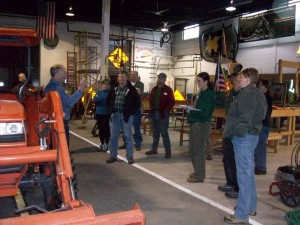
UVM Extension 4-H offered a tractor instructors training in February 2012, and are now inviting local partners around Vermont to consider forming a teaching team to offer instruction in safer tractor operation.
Instructors who have led courses in other parts of the country have included:
• Extension and 4-H agents / educators
• Career and Technical Education instructors in Agriculture, Mechanics, and other areas
• Farmers (active and retired)
• Equipment dealers, service technicians, and sales staff
• Agricultural chemical dealers
• Private farm managers and consultants
Interested in putting together a training in your area? Planning and outreach support is available from Vermont 4-H as needed and requested. We are available to review course outlines to ensure that your plan meets curricular and testing requirements; design and help facilitate out-of-classroom instruction options; help with course promotion, supplemental curriculum, and testing procedures; track and promote youth tractor safety training opportunities around the state.
Please contact me at ekenton@uvm.edu or 802-257-7967 x308 with questions or to begin planning a course.


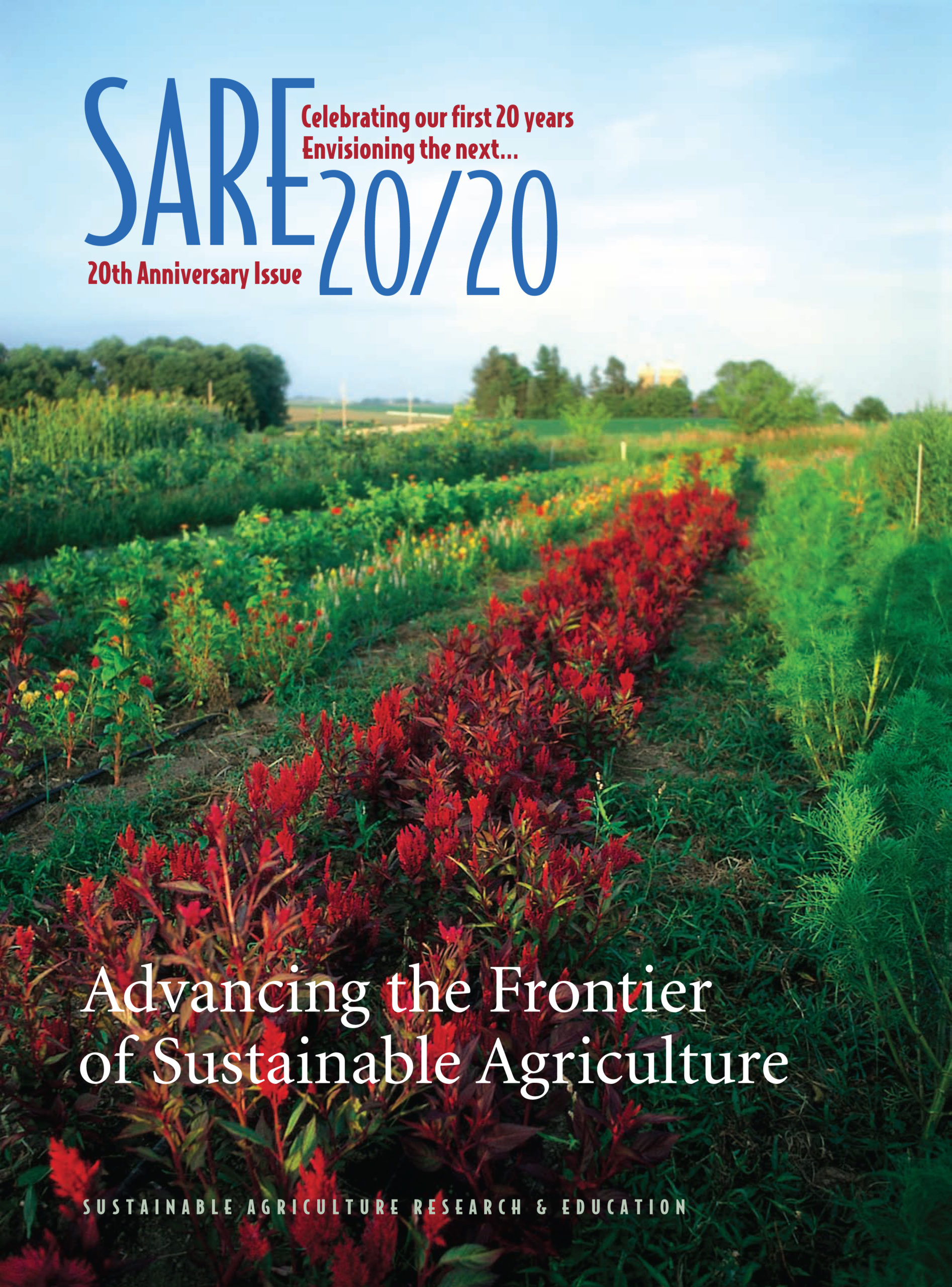 In SARE 20/20: Celebrating Our First 20 Years, Envisioning the Next
In SARE 20/20: Celebrating Our First 20 Years, Envisioning the Next


